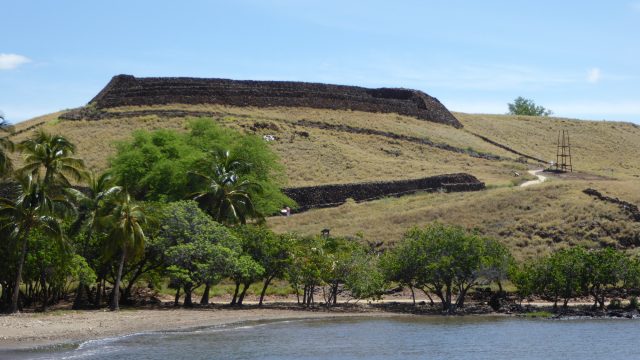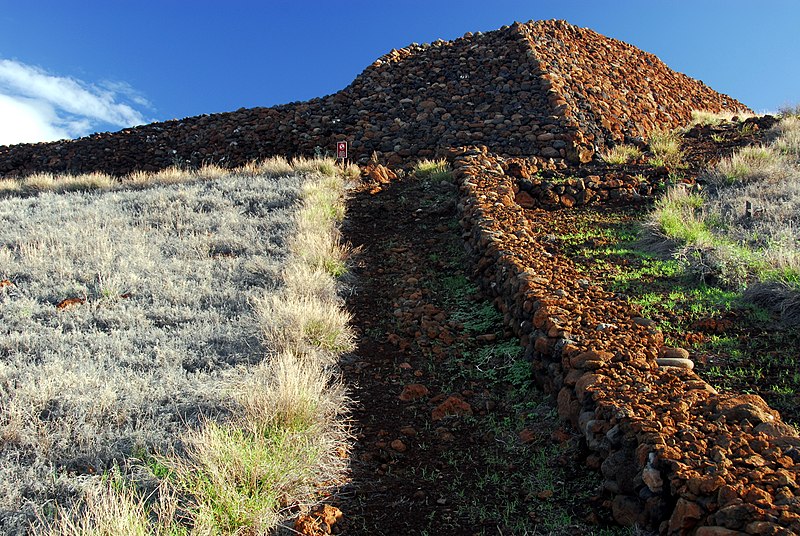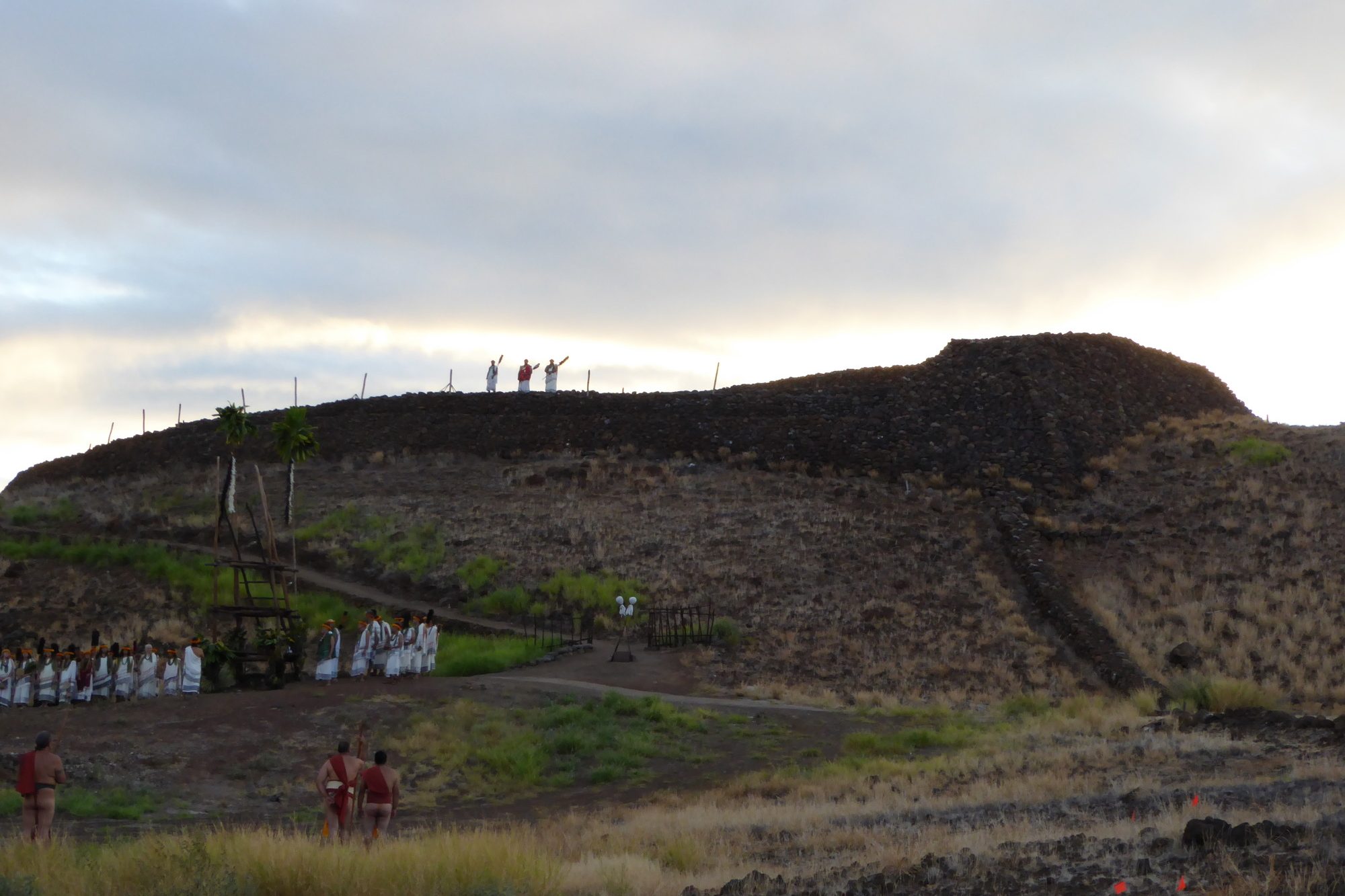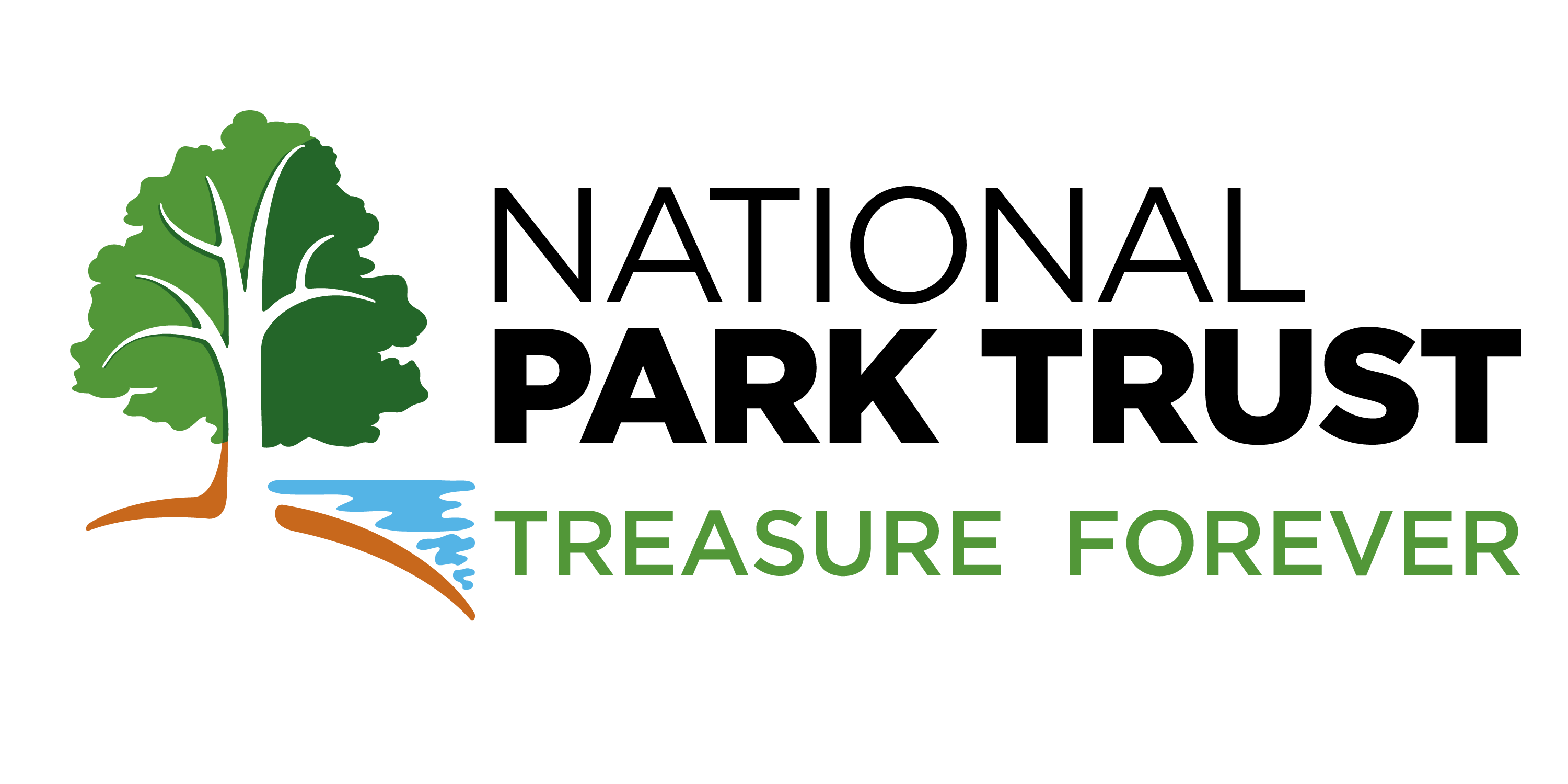The Temple that Unified Hawaii: Pu’ukoholā Heiau

There is no better way to illustrate the meaning behind Asian American and Pacific Islander Heritage Month, than by celebrating the story of Pu’ukoholā Heiau National Historic Site. This Pacific Islands national park site where the preserved ruins of the last Ancient Hawaiian temple serve as a powerful symbol of the unification and strength of the Hawaiian people.
Pu’ukoholā Heiau, meaning “Temple on the Hill of the Whale,” is a historic site located on the northwestern coast of Hawaii’s Big Island. This temple was built between 1790 and 1791 by Kamehameha the Great, a legendary Hawaiian king who reigned from 1782 to 1819. It was built to fulfill a prophecy by a priest named Kapoukah, who told Kamehameha that he could conquer and unify all Hawaiian islands if he built a heiau (temple) on the hill called Pu’ukohola and dedicated it to his family’s war god Kuka’ilimoku. And so began Kamehameha’s quest for unification.
There are many tales of the construction of the heiau, which have been passed down through generations of Hawaiians. While there is no official written record of the anecdote below, the legend is kept alive through storytelling by the people who live on the islands. This story tells of the very specific instructions foretold in the prophecy that would ensure that the heiau would become a uniquely sacred temple:
Kamehameha had a younger brother, Keali’imaika’i. The priest had warned that if Keali’imaika’i touched any of the temple’s rocks, there would be dire consequences, but the stubborn younger brother ignored the priest’s prophecy and physically helped thousands of men with its construction. He stood alongside the workers as they formed a human chain almost 25 miles long to transport the water-worn lava rocks from the distant Pololu Valley. When Kamehameha found out about his brother’s disobedience, he was furious. He feared that his brother’s actions had violated the purpose of the sacred temple and that the consequences might prevent him from conquering all the islands. Kamehameha ordered that all the rocks his brother had touched be collected and placed on a canoe to be dumped into the sea beyond the horizon, so they could never be used for the Heiau’s construction.
In 1791, the construction of Pu’ukoholā Heiau was completed, measuring about 224 by 100 feet. With the temple to his family war god now finished, Kamehameha used it to secure his mana, or spiritual power, and unify the Hawaiian people and their islands. He successfully united Maui in 1794 and Oʻahu in 1795 at the Battle of Nuʻuanu, known as the “last battle for unification.” In 1810, after the king of Kaua’i surrendered, Kamehameha became the first king of a unified Hawaii, fulfilling the prophecy of Pu’ukoholā Heiau.
Retelling stories isn’t just a way of passing the time – it’s a powerful tool for preserving cultural heritage and building unity among people. The Pu’ukohola Heiau stands as a testament to this fact, reminding us during Asian American and Pacific Islander Heritage Month of the importance of keeping cultural narratives alive. Through storytelling, the Hawaiian people have created a shared sense of identity and history, inspiring future generations to carry on their traditions and values.









